05:37

Exploring the negative relationships between human activity/population growth and welfare of wildlife. Should legal concepts of animal welfare be expanded to include wild-living animals?
Posted Wednesday, October 1, 2025
08:16
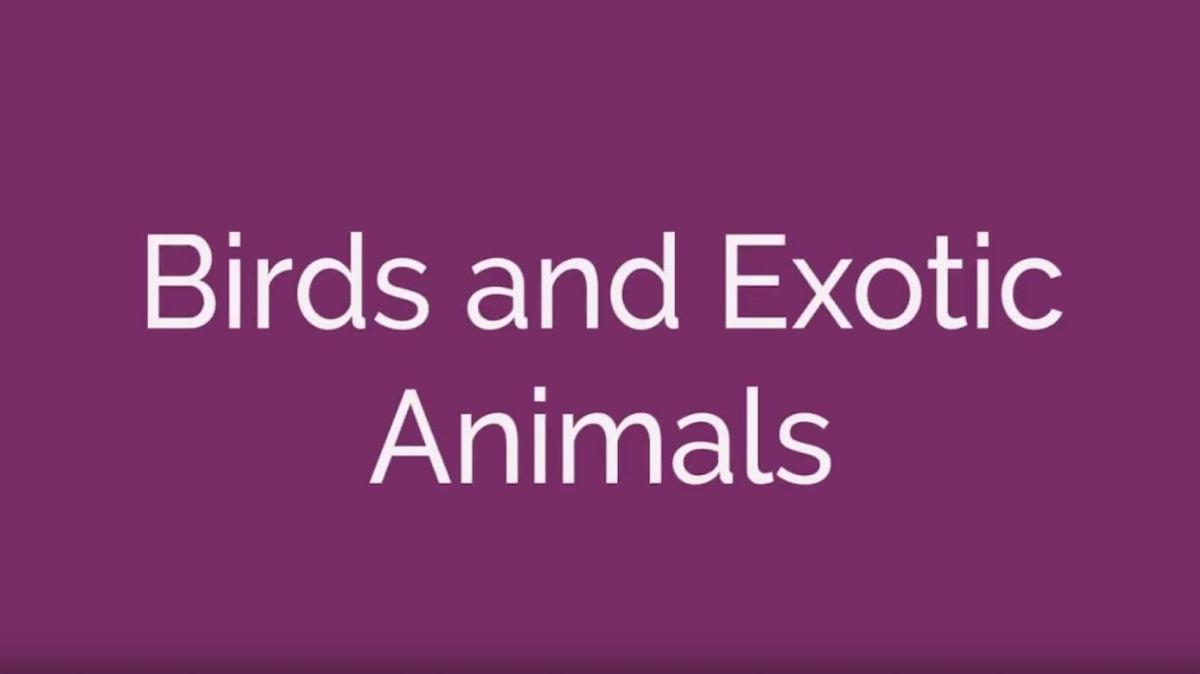
Summarises welfare concerns experienced by birds and other exotic animals due to human activities. These include habitat destruction, human-wildlife conflict, hunting, trapping, pollution, the impacts of researchers, and the legal and illegal trades in wildlife. Death rates during transit are often very high, and continue after animals reach consumer homes, due to their specialised dietary and ...
Posted Wednesday, October 1, 2025
10:22

Summarises the welfare concerns of horses and other equines, used within conventional and endurance racing, dressage and other equestrian events, as urban carriage horses, and as working animals within the developing world.
Posted Wednesday, October 1, 2025
07:13

Forensic entomology is the application of insects, and sometimes other arthropods, within a legal context. It may use factors such as insect type and life cycle stage, and ambient temperature records, to prove time periods such as the minimum time since the death of an animal (or person), or since an animal was caught in a trap. This evidence may be used within animal abuse prosecutions. This v...
Posted Wednesday, October 1, 2025
05:11
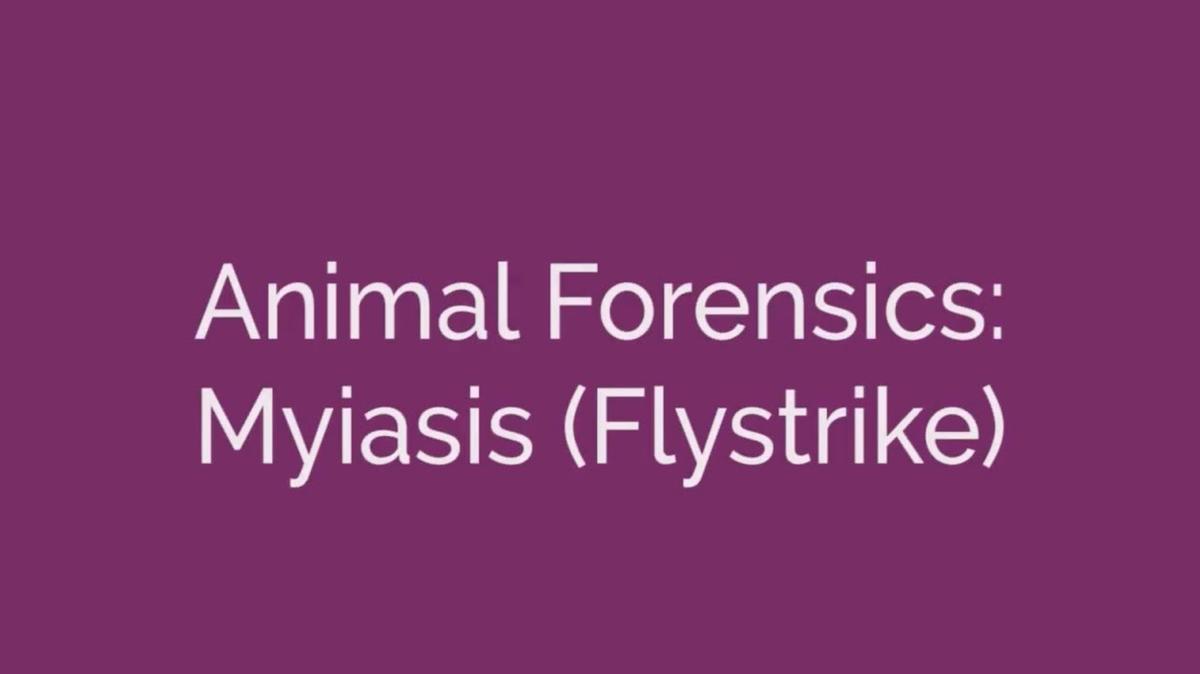
Flystrike (myiasis) affects both wild and domesticated animals such as livestock, and companion animals such as rabbits. Risk factors include injuries, illnesses such as diarrhoea, and neglect. This video covers types of flystrike (obligative, facultative and accidental), fly species involved and life cycle stages. It reviews the controversial management strategy of mulesing. Finally it discuss...
Posted Wednesday, October 1, 2025
06:05
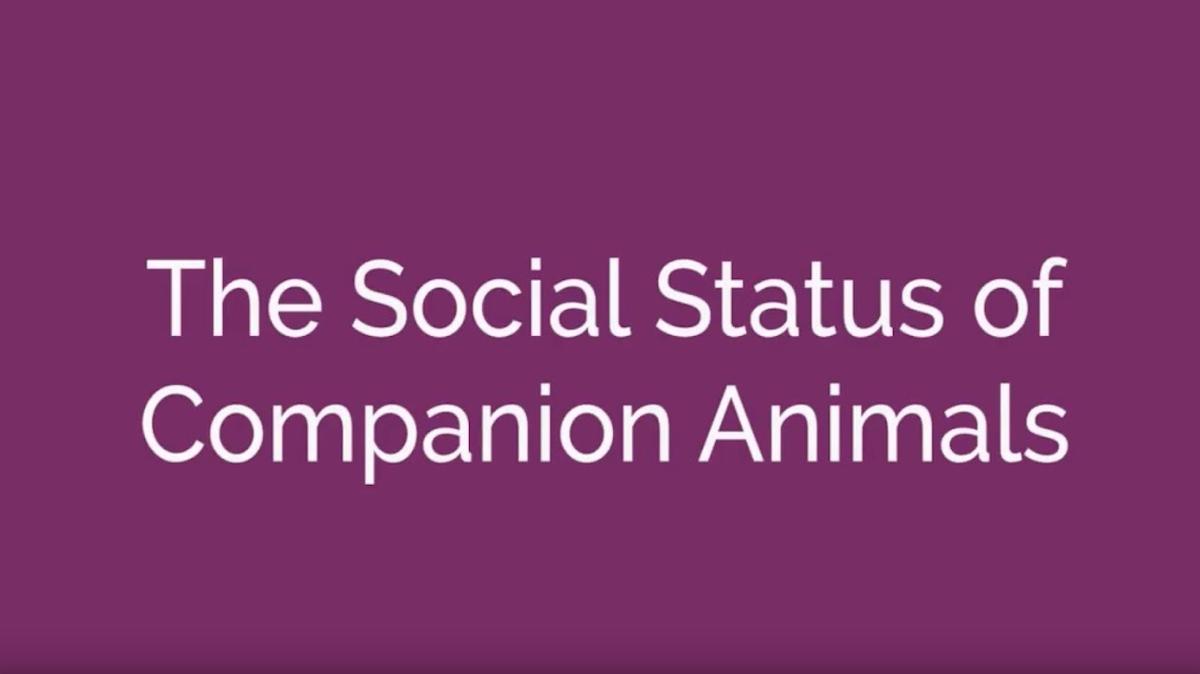
Explores the social status of traditional and exotic companion animals, and of working animals. A few animals have had successful careers in politics – these are reviewed, along with political parties for animals. The moral opposition to companion animal ownership of animal rights theorists such as philosopher Gary Francione, is explored, as is its detailed rebuttal by Sue Donaldson and Will Ky...
Posted Wednesday, October 1, 2025
08:52
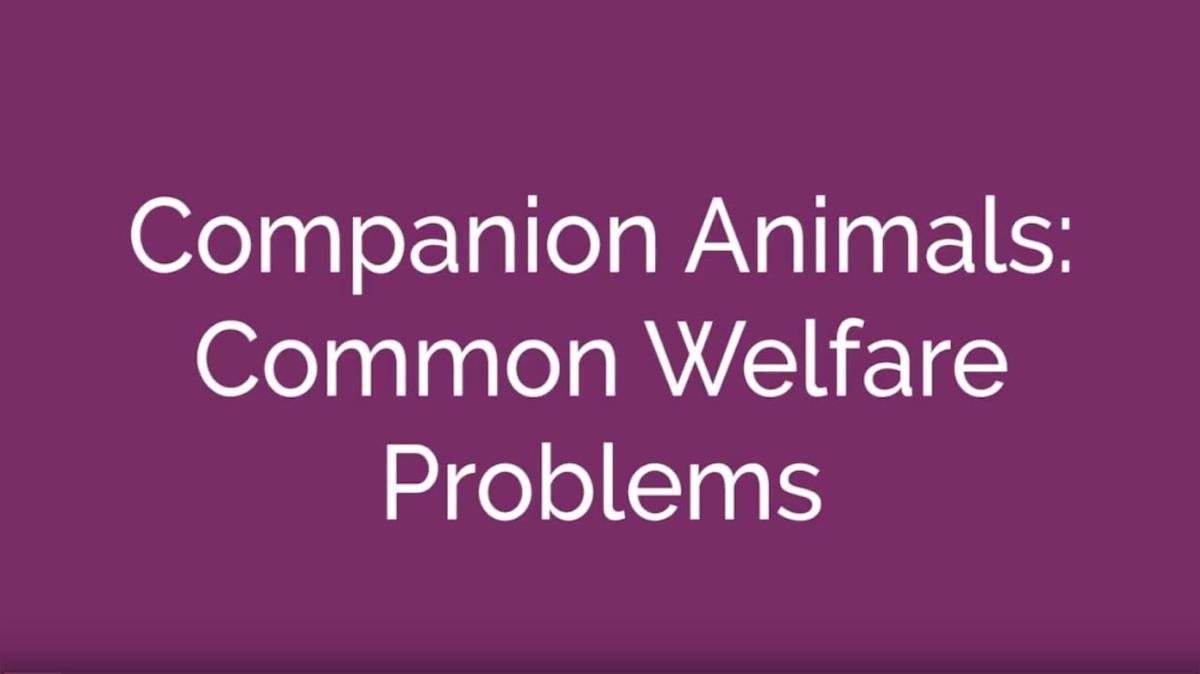
Reviews companion animal welfare problems, including neglect, problem behaviours, impacts on the human-animal bond and exotic animal ownership. Pet overpopulation topics include ‘puppy mills’, feral cats and population management strategies. Hereditary conformational disorders are discussed, as are cosmetic surgeries. Sport and working animals are discussed, including racing greyhounds and sled...
Posted Tuesday, September 30, 2025
06:52

Describes the methods and welfare problems associated with hunting and trapping, as well as adverse effects on gene pools, conservation and public health. Explores morally significant characteristics of cetaceans, such as advanced cognitive capacities, social relationships, communication abilities, and tool use. Describes the welfare problems caused by whaling, which is extremely inhumane.
Posted Tuesday, September 30, 2025
03:42

Many thousands of greyhounds continue to be seriously injured whilst racing, and many of these are killed. Injuries and deaths are partly due to the speeds at which greyhounds race. They are the fastest breed of dog, able to maintain average running speeds of around 40 mph (65 km/h). However, many factors relate to the design of the tracks and races themselves, and are preventable. My report 'I...
Posted Tuesday, September 30, 2025
07:48
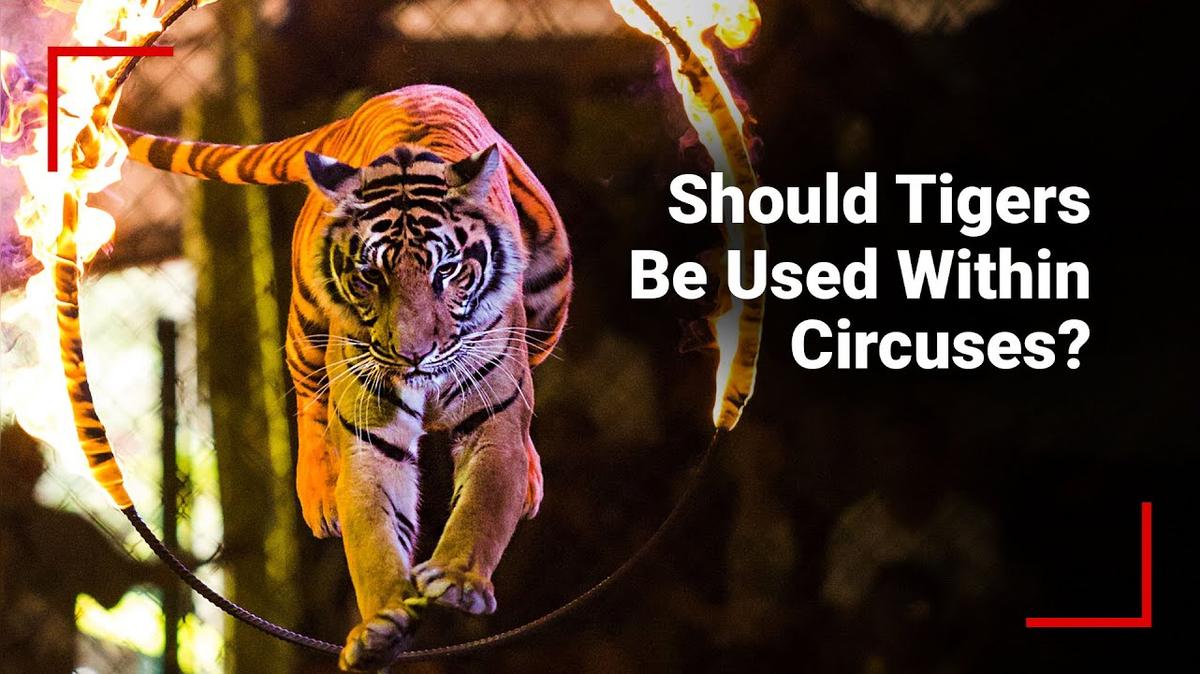
This study summarises a systematic review of 42 pieces of scientific literature, including virtually all animal welfare studies of captive tigers within circuses and zoos, published by 2023. After analysing the effects on each of the recognised five domains of animal welfare: nutrition, physical environment, health, behaviour and mental state, it was clear that circuses threaten the welfare of ...
Posted Tuesday, September 30, 2025
06:16
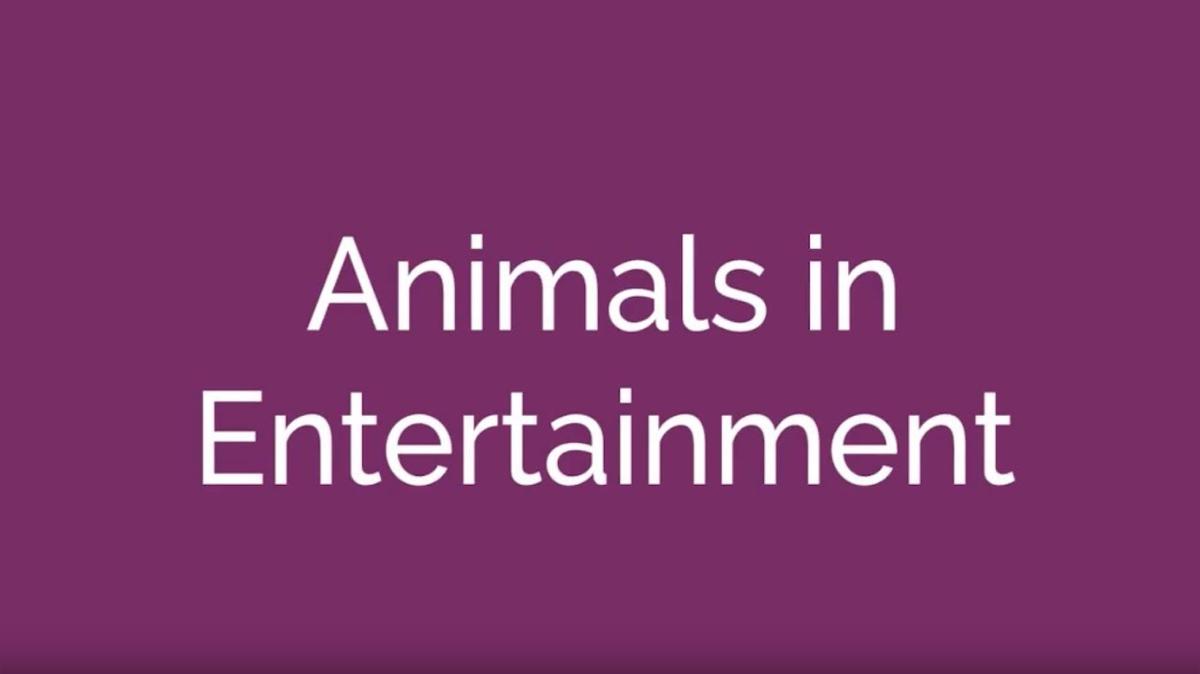
Summarises welfare problems associated with the use of animals in film, television and advertising, with tourist exhibits, rides and activities, with circuses, marine mammal performances and dolphinaria, and with organised fighting of bears, cocks and particularly, dogs.
Posted Tuesday, September 30, 2025
05:11
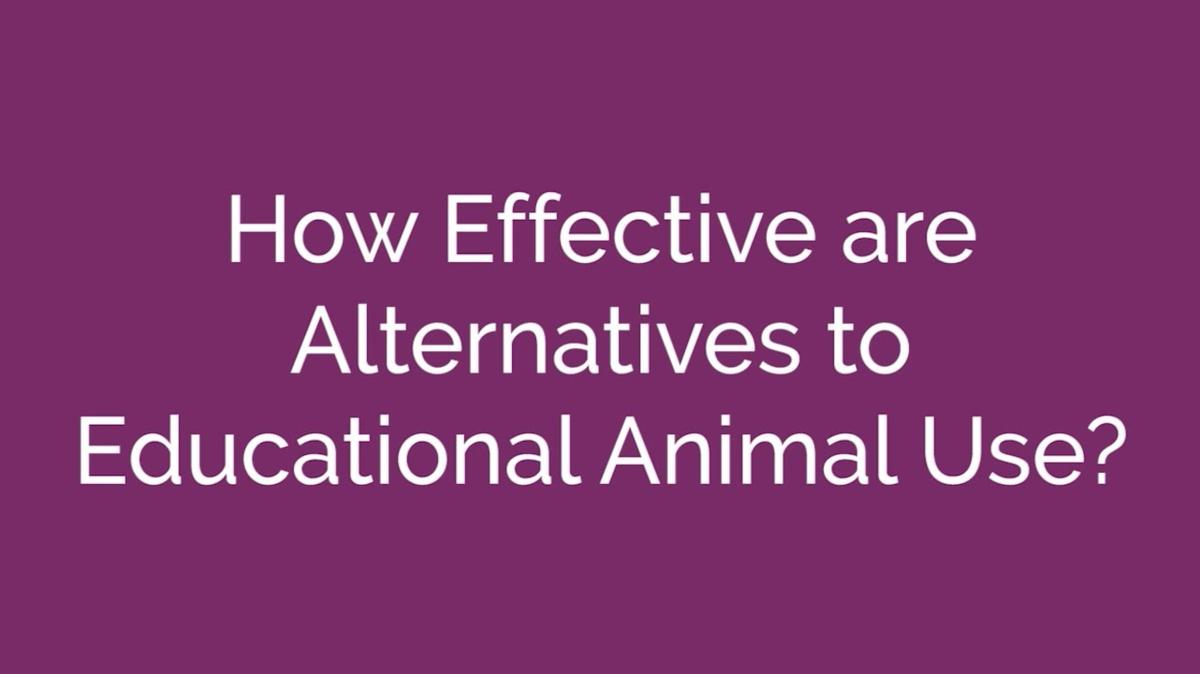
Harmful animal use in education and training remains widespread among life and health sciences disciplines. Humane teaching alternatives include ethically-sourced cadavers, models, mannequins, mechanical simulators, videos, computer and virtual reality simulations, and supervised clinical and surgical experiences. In this study we assessed and summarized studies of their educational effectivene...
Posted Tuesday, September 30, 2025